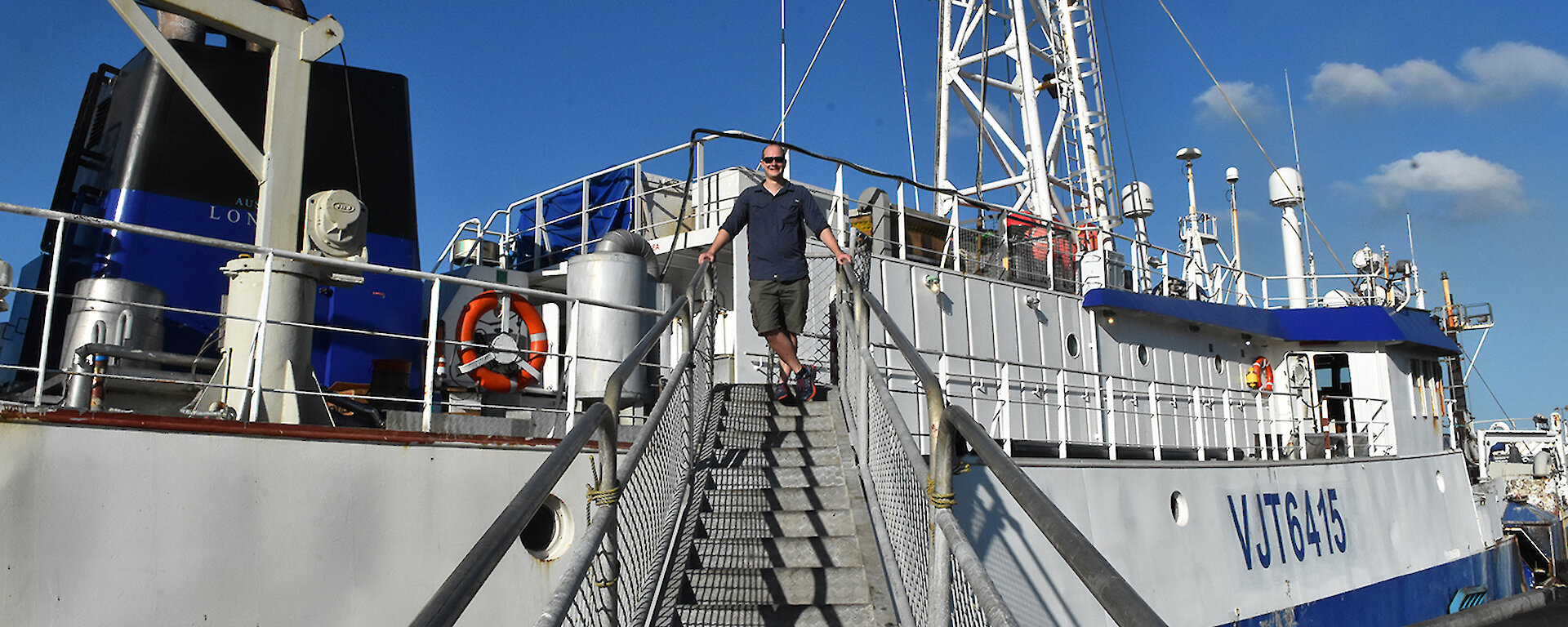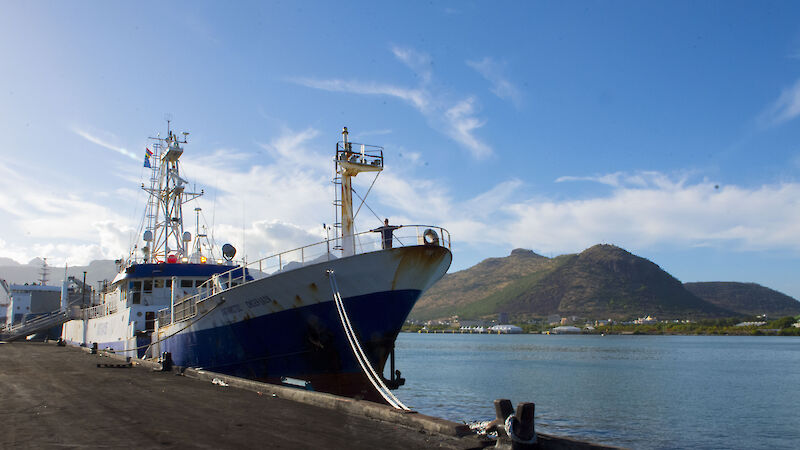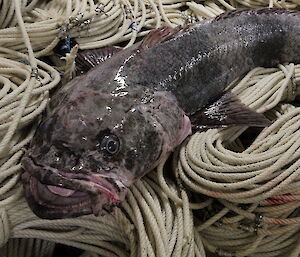Scientists from around the world are heading to sea to investigate the gene pool of Antarctic toothfish in an effort to better conserve the species.
As part of a collaborative project, scientists from nine countries will collect tissue samples from toothfish in the Southern Ocean which will be analysed using the latest DNA genotyping techniques at the Australian Antarctic Division.
The Division’s Fisheries Research Assistant, Dale Maschette, is spending two months in the Southern Ocean on a fishing vessel operated by Australian Longline Pty Ltd.
He will collect tissue samples and record the weight, sex and maturity of up to 2000 toothfish from the research catch allocated to the Australian vessel.
“Antarctic toothfish in the Ross Sea, Amundsen Sea and East Antarctica are often thought to be from different gene pools, but no one has examined in detail where the fish stock boundaries are,” Mr Maschette said.
“From a fisheries management perspective, it’s important to know the makeup of the different stocks. This will help to ensure that the approach by the Commission for the Conservation of Antarctic Marine Living Resources (CCAMLR) to managing these fisheries is ecologically sustainable in the long term.”
CCAMLR takes a precautionary approach to setting catch limits. The East Antarctic fishery currently has a catch limit of 587 tonnes.
Antarctic toothfish, which can exceed 100kg in weight and live for over 50 years, is highly prized for its flavoursome flesh.
“The DNA genotyping of the samples will allow us to identify hundreds of genetic markers which means we’ll be able to determine the population structure of the toothfish around the Antarctic continent.”
Mr Maschette said the research will better inform CCAMLR decisions and could change the way toothfish fishing is managed in the Southern Ocean.
The research is supported by funding from the Fisheries Research and Development Corporation on behalf of the Australian Government and commercial fishing company, Australian Longline Pty Ltd, with in-kind support from the Australian Antarctic Division.




